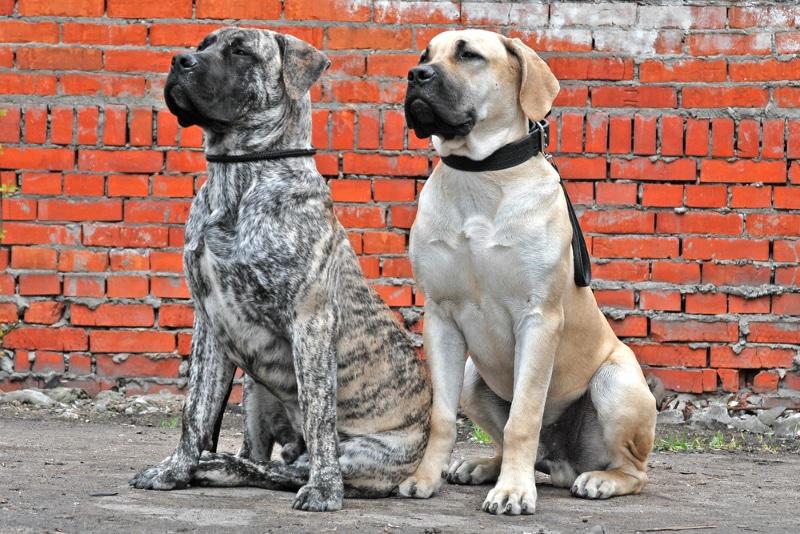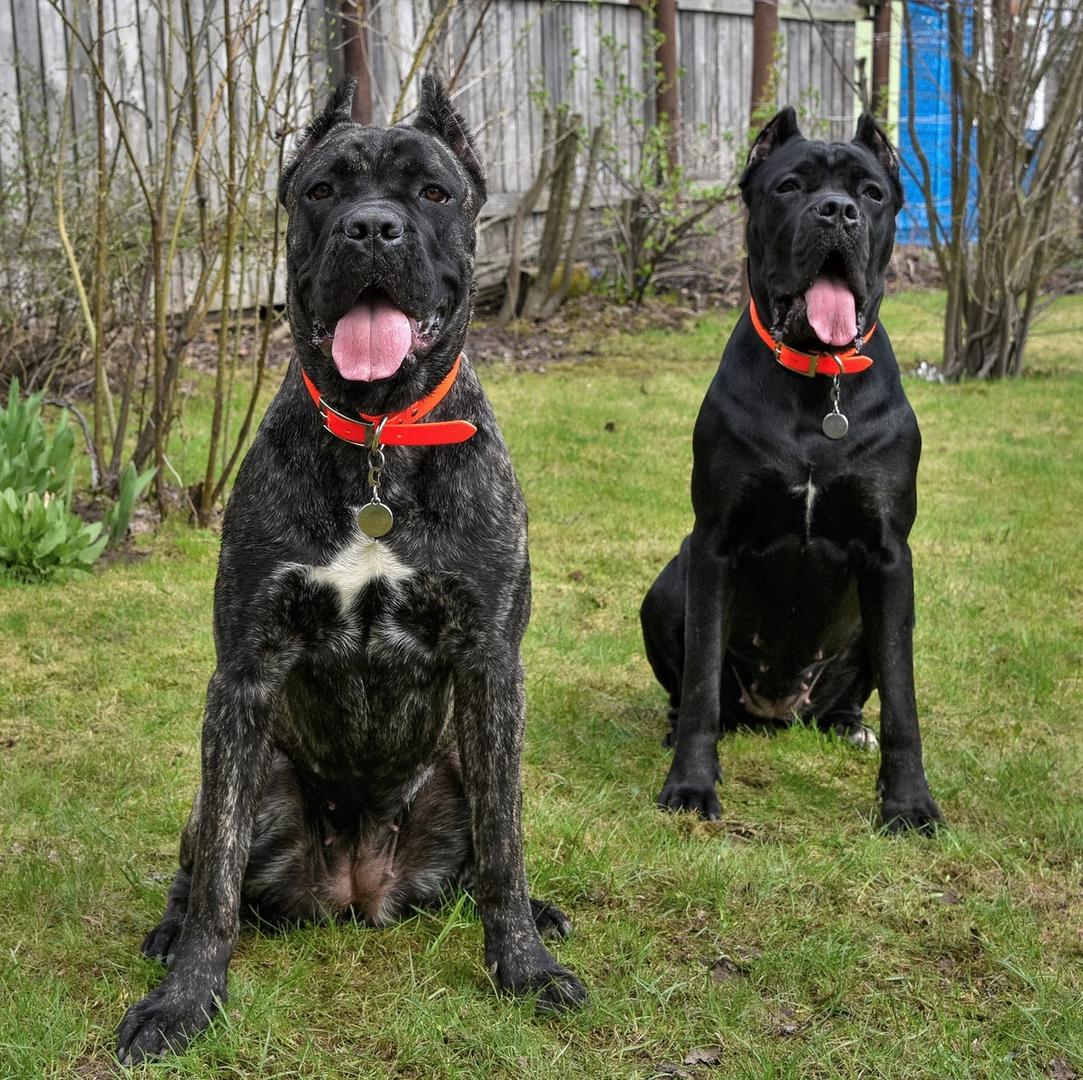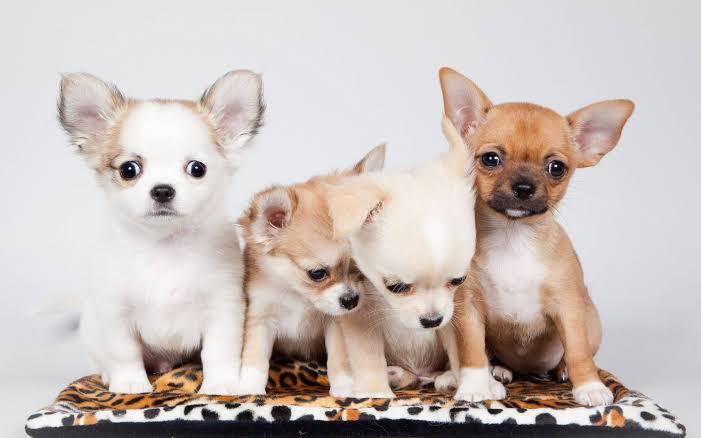Explore Our Bill Payment Services:

- Pet & Animals
- Kenya
How To Easily Train Your Local Kenyan Dog (2025 Guide)
In Kenya, many homes—whether in Nairobi, Mombasa, Kisumu, Nakuru, Eldoret, or rural areas—keep dogs for security, companionship, or both. Local dog breeds in Kenya, often called “Kwach” (Luo), “Mbwa ya kienyeji” (Swahili) or simply “village dogs,” are smart, loyal, and tough.
But most people don’t realize that these local dogs can be trained just like German Shepherds, Rottweilers, or other imported breeds.
This guide will teach you how to train your local dog easily at home in Kenya — without spending big money on professional trainers.
Why You Should Train Your Dog
Training helps your dog:
✅ Follow instructions
✅ Behave well with kids, guests, and family
✅ Bark only when necessary
✅ Learn guarding and protection
✅ Become cleaner and easier to manage
Whether your dog is a puppy or already grown, it can still learn with patience and consistency.
Step-by-Step Guide to Training a Local Dog in Kenya
1. Begin With Basic Commands
Start training when the dog is young (about 2 months old). Older dogs can also learn with repetition.
Teach these basic commands first:
-
“Sit”
-
“Come”
-
“Stay”
-
“No”
-
“Go home” (to enter its kennel or sleeping area)
Use small treats like meat, bones, or ugali crumbs to reward your dog when it follows a command.
2. Use Local Language or Swahili
You can train your dog using Swahili, English, or your local dialect — just be consistent.
Examples:
-
“Kaa chini” – Sit down
-
“Njoo” – Come
-
“Acha!” – Stop that
-
“Rudi nyumbani” – Go home
-
“Ngoja” – Wait
Use the same words daily so the dog links them to actions.
3. Reward Good Behaviour
Dogs learn through positive reinforcement — not beating.
✅ Say “Good dog!” or “Mzuri sana!”
✅ Rub its head or scratch its back
✅ Give a small treat
✅ Smile or clap when it obeys
🚫 Avoid shouting or caning — it creates fear, not obedience.
4. Set a Routine
Dogs are like children — they learn better with daily routines.
-
Feed your dog at set times (morning and evening)
-
Train for 10–15 minutes twice daily
-
Let it play, walk, or run around the compound
A stable routine builds trust and improves discipline.
5. Socialise Your Dog
Don’t keep your dog isolated. Let it get used to:
✔️ People in the home
✔️ Neighbours and regular visitors
✔️ Other animals and dogs
✔️ Children (under supervision)
This helps the dog know who belongs and who is a stranger.
6. Train It to Guard Your Home
If you want your local dog to act as a security dog:
-
Keep it where it can watch the gate
-
Let it walk around the compound
-
Use commands like “Who’s that?” or “Shika!” (attack — only with care)
-
Reward it when it barks at real strangers
Never encourage unnecessary aggression. A good guard dog is also calm around family.
7. Use Simple Tools You Already Have
You don’t need expensive gadgets. Use:
-
Rope or leash – for walks
-
Plastic bowls – for food and water
-
Old sack or blanket – for bedding
-
Tins or sticks – for distraction training
-
Food leftovers – for treats (but in moderation)
Common Mistakes to Avoid
🚫 Don’t keep changing commands
🚫 Don’t lock the dog in a kennel 24/7
🚫 Don’t use harsh punishment
🚫 Don’t forget about health care
🚫 Don’t ignore poor feeding habits
Bonus Tricks You Can Teach
Once your dog masters the basics, teach fun and useful tricks like:
-
“Leta” – Bring/fetch
-
“Salimia” – Shake paw
-
“Lala” – Lie down
-
“Enda ndani” – Go inside
These build a strong relationship between you and your dog.
Dog Health Tips for Kenya
To keep your dog happy and strong:
✔️ Deworm every 3 months
✔️ Vaccinate against rabies, parvovirus, and distemper
✔️ Remove ticks and fleas regularly
✔️ Feed a balanced diet: ugali, rice, meat, or commercial dog food
✔️ Provide clean water daily
✔️ Visit your local veterinary officer or clinic for checkups
Final Thoughts
Your local Kenyan dog may not have a fancy breed name, but it has heart, loyalty, and intelligence. With love, food, and simple training, it can become a great family and security dog.
Remember: It’s not about the breed — it’s about how you raise and train the dog.







